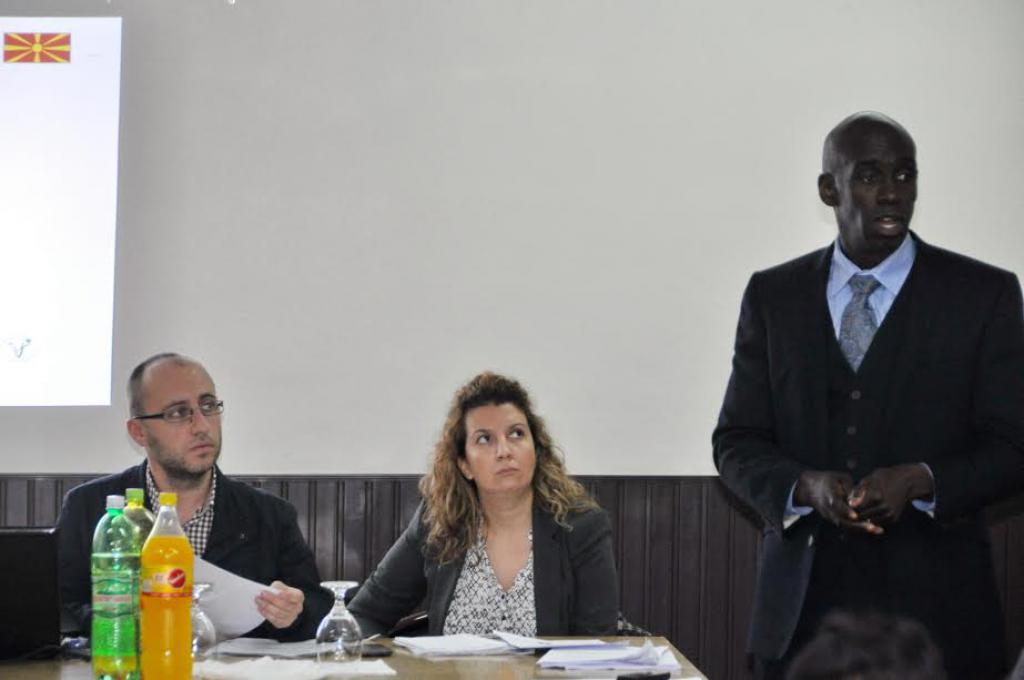
One of the most important elements in the process of reforming the VET is innovation in teaching, learning and assessment. If in the past the learning process was classroom based and teacher centered, whereas testing was used as a method to examine knowledge.
With the reformed VET the focus is put on employability and the commercial environment. The curriculum is employer led, while the emphasis is on application and constant innovation. The reformed VET should make teaching and learning more experiential, active, vocationally relevant, to provide independent learning opportunities, but also activities that are performed as a group.
This is why the Lifelong Learning project, funded by the EU, organized training for vocational education teachers with a particular focus on modular qualifications during August 2016. Also a total of 20 teachers participated in training that took place on 20 October 2016 at the municipal vocational education school in the town of Veles.
A Module is defined as a ‘coherent and explicit set of learning outcomes and related assessment criteria with a title, and level’, while Qualification presents a package of standards or modules judged to be worthy of formal recognition in a certificate.
The modules, which can be either mandatory or optional, offer a stepping stone towards achieving a full qualification, accredit the work done by students and meet specific learning or employment needs. At the same time, they offer flexibility, mobility, access and progression.
We are supporting VET schools in implementing Qualifications and addressing the following issues: Accreditation, Recruitment of students and class size, Induction and timetabling, Vocational relevance, the Staffing and ongoing staff training, the required resources, quality assurance, the review cycle and the school ethos.
In order for the reform in vocational education and training to be successful, it is important to first perform review of the curriculum, resources and accommodation to provide a framework for development. The next step is undertaking a training needs analysis to identify continuous professional development opportunities, and finally - identifying curriculum models and teaching, learning and assessment strategies that will deliver best practice in vocational education and training.
